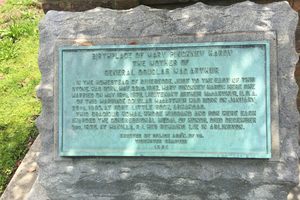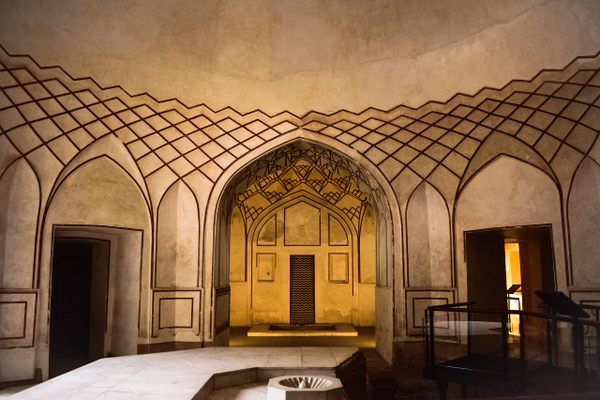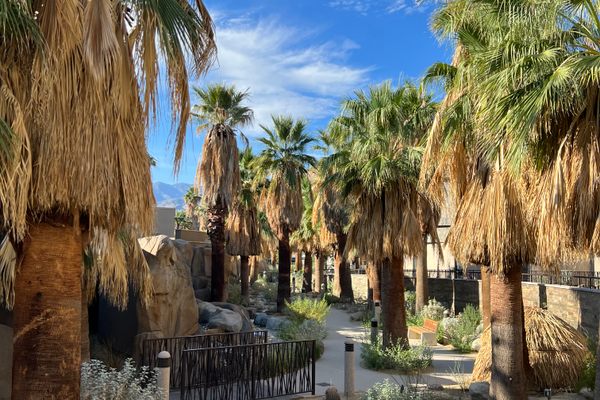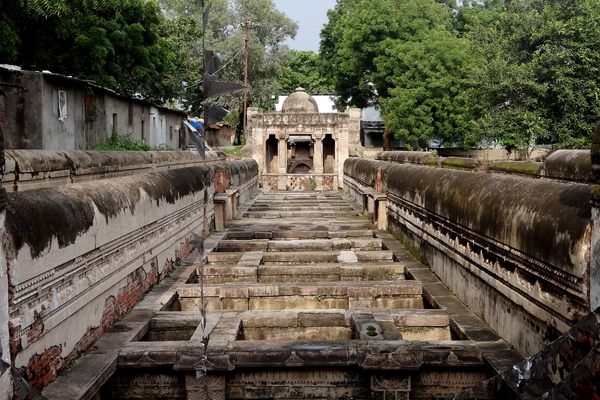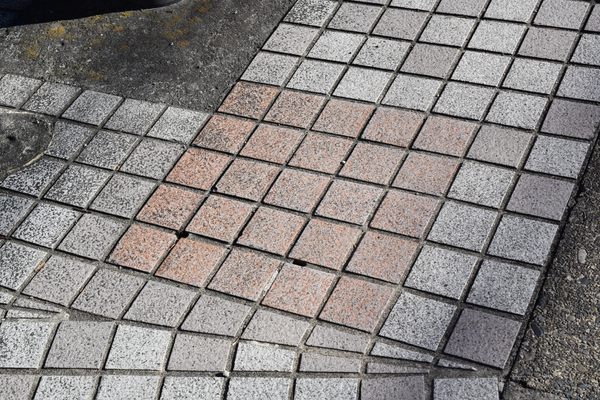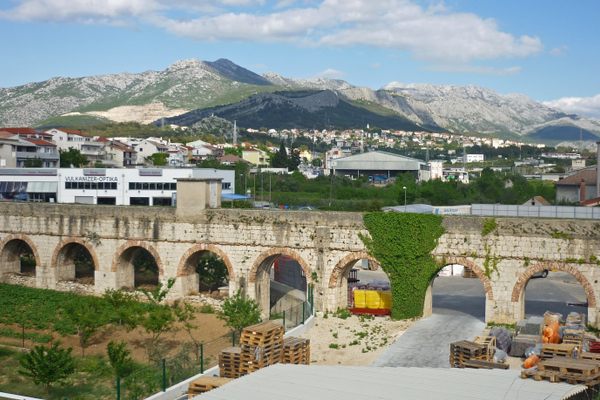About
Marshall Parks, Sr. was superintendent and chief engineer of the Dismal Swamp Canal Company in the early 1800s. This canal was crafted by hand and was only able to support the passage of small vessels.
With the rise of steam-powered ships around 1820, Parks oversaw a project to widen and deepen the canal to accommodate increasingly larger vessels.
Upon his passing in 1840, his son Marshall Parks, Jr. inherited the company and built an even larger canal. He benefitted from incredibly powerful, steam-driven dredges known as "iron titans" that provided the force needed to build a much more substantial canal. The Albemarle and Chesapeake Canal was completed in 1859. The waterway included the Great Bridge Lock, which was used to regulate travel.
Parks Jr. oversaw the building of two more canals and a railroad. He was also a major advocate for the development of the Intracoastal Waterway.
The locks were placed under the control of the Army Corps of Engineers in 1912 as part of a push to build the waterway. By 1919, the Albemarle and Chesapeake was incorporated into the new aquatic superhighway. This was a huge boon to the shipping trade, but it caused damage to the ecosystem due to the mixing of freshwater and saltwater in the open canal.
To solve the problem, a guard lock was implemented that allowed for unfettered transportation while keeping the saltwater from the Elizabeth River, and the freshwater from the Currituck Sound from mixing.
The Army Corps of Engineers still operates the lock with its unique ecological protection system, consisting of four sets of gates and valves. This includes the guard lock that makes it possible for commerce and ecological consciousness to coexist.
Related Tags
Know Before You Go
In addition to the main draw of watching boats pass through the lock (which can hold up to 20 boats concurrently), there is plenty of space for fishing along the canal, a boat ramp, a playground, a short hiking path, and the eponymous Great Bridge, which is quite something to see in itself.
Published
August 5, 2021





















